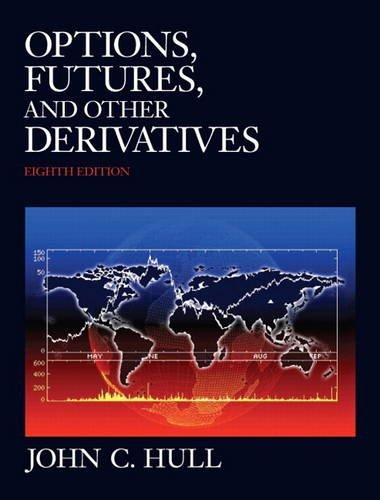Question
Recall that an annuity is any sequence of equal periodic payments. If payments are made at the end of each time interval, then the annuity
Recall that an annuity is any sequence of equal periodic payments. If payments are made at the end of each time interval, then the annuity is called an ordinary annuity. We consider only ordinary annuities in this summer. The amount, or future value, of an annuity is the sum of all payments plus all interest earned. Suppose you decide to deposit $600 every 6 months into an account that pays 18% compounded semiannually. If you make eight deposits, one at the end of each interest payment period, over 4 years, you like to know how much money will be in the account after the last deposit is made. Instead of simply plugging into the formula (attached at the last page), you are asked by the following questions:
(a) Think in terms of time line and use the compound amount formula A = P(1 + i) n , what will be the future value of the FIRST $600 payment?
(b) Again, use the compound amount formula A = P(1 + i) n , what will be the future value of the SECOND $600 payment?
(c) What will be the future value of the THIRD $600 payment?
(d) What will be the future value of the FOURTH $600 payment?
(e) What will be the future value of the FIFTH $600 payment?
(f) What will be the future value of the SIXTH $600 payment?
(g) What will be the future value of the SEVENTH $600 payment?
(h) What will be the future value of the EIGHTH (LAST) $600 payment?
(i) Now, adding all the eight future values above, how much money will be in the account after the last deposit is made? Compare this answer with the answer you use the formula.
Step by Step Solution
There are 3 Steps involved in it
Step: 1

Get Instant Access to Expert-Tailored Solutions
See step-by-step solutions with expert insights and AI powered tools for academic success
Step: 2

Step: 3

Ace Your Homework with AI
Get the answers you need in no time with our AI-driven, step-by-step assistance
Get Started


